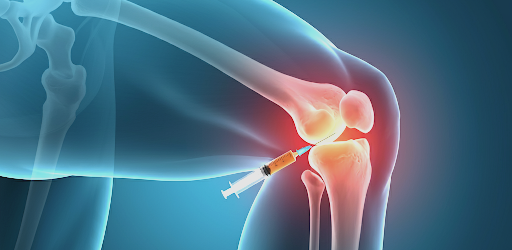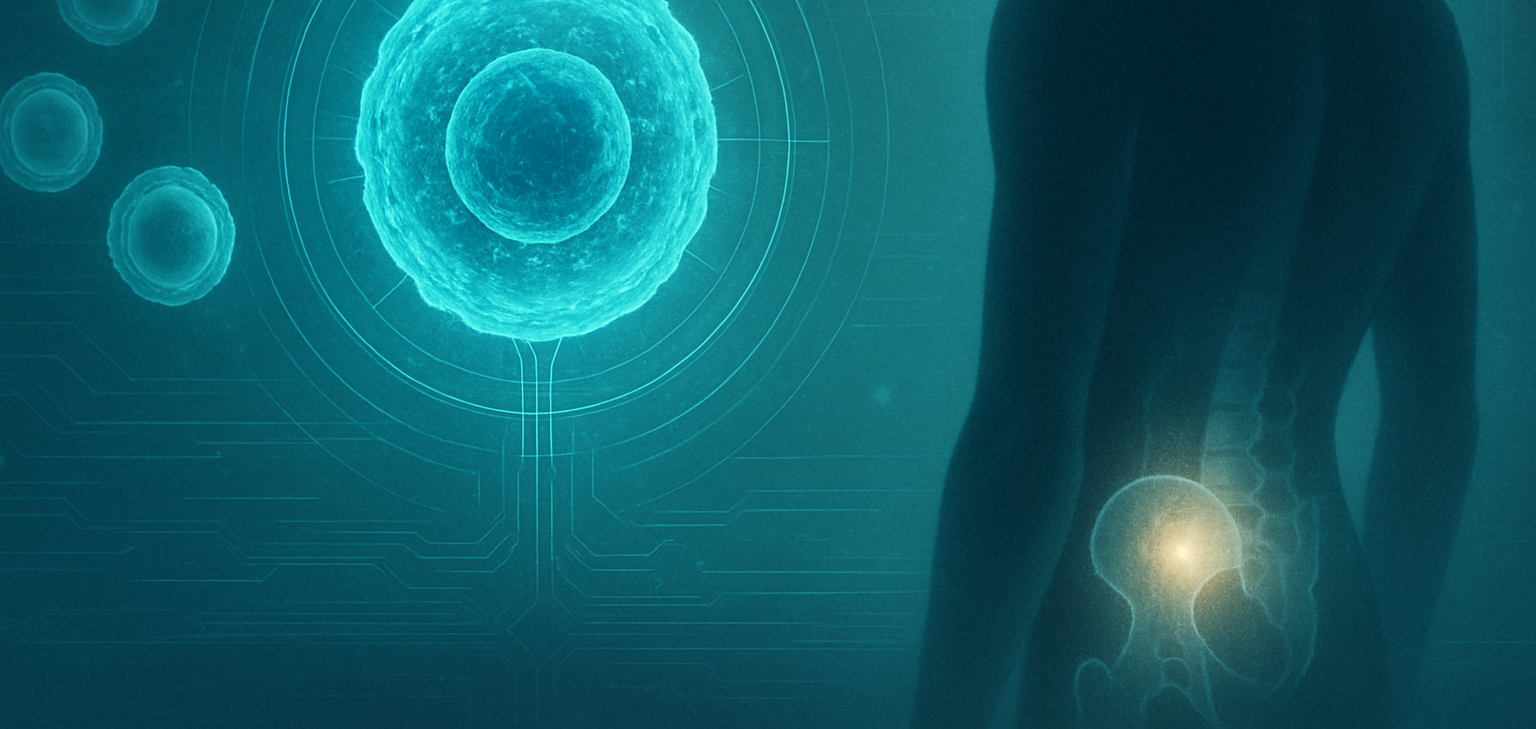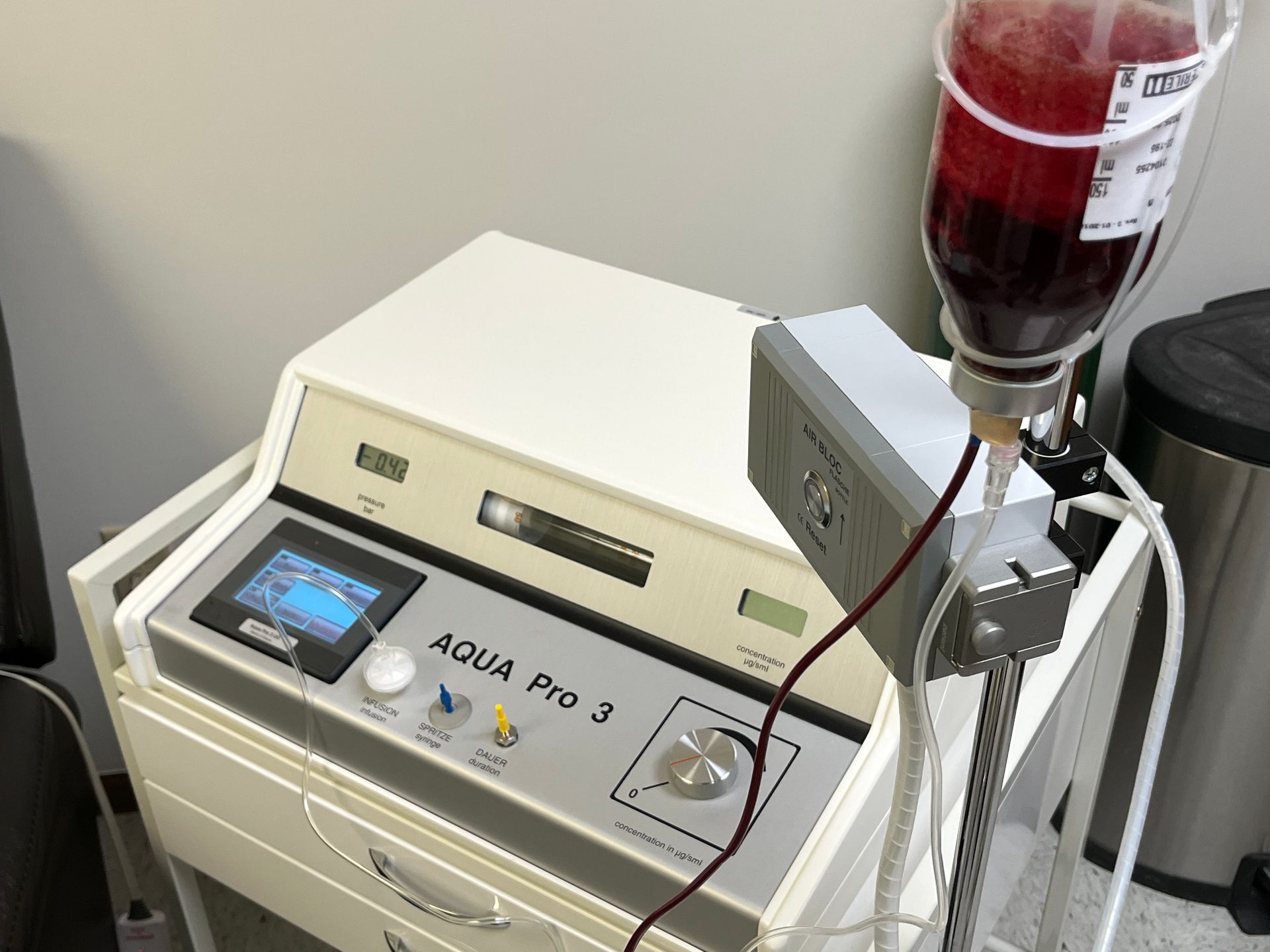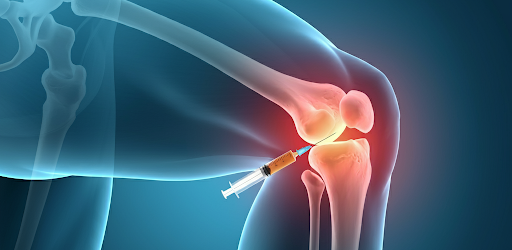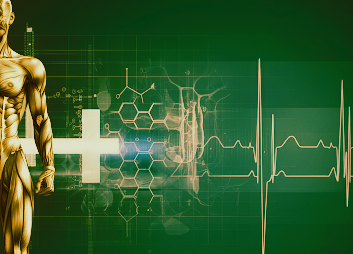What Is Stem Cell Therapy?
In the ever-evolving world of modern medicine, stem cell therapy has emerged as one of the most groundbreaking and promising treatments available today. While it might sound like something straight out of a science fiction novel, the truth is that stem cells are as real as the blood in your veins—and their potential to heal, regenerate, and transform the way we approach injury and disease is simply astonishing. To understand what stem cell therapy is, we must first explore what stem cells are and how they interact with the body’s natural repair systems.
The Foundation of Stem Cell Science
At its core, stem cell therapy is about utilizing the body’s raw materials—its master cells—to repair or replace damaged tissue. Stem cells are unique in that they have the potential to become many different types of cells in the body. Unlike other cells, they don’t serve a specific function initially. Instead, they can develop into specialized cells, whether those are muscle cells, brain cells, bone cells, or even blood cells.
This incredible adaptability means that stem cells can serve as a kind of internal repair system. When directed in the right way, they can divide and create new, healthy cells that replace those lost to disease, injury, or age. This is the underlying principle behind stem cell therapy, which aims to take advantage of this regenerative power to treat a wide range of medical conditions.
How Stem Cell Therapy Works
Stem cell therapy typically involves harvesting stem cells from the patient’s own body or a donor source. Once collected, the cells are processed and then injected into the targeted area that requires healing. For example, someone suffering from a degenerative joint condition might receive stem cell injections directly into the affected joint, to promote tissue regeneration and reduce inflammation.
The beauty of this approach lies in its personalization. Because many treatments use the patient’s cells, the risk of immune rejection is significantly reduced. The stem cells are placed in an environment where they are needed. Ideally, they begin to differentiate into the appropriate types of cells, aiding the repair and regrowth of damaged tissue.
Conditions That Can Benefit from Stem Cell Therapy
While stem cell therapy is still being researched and refined, it is already being used or studied in connection with a wide variety of health issues. Orthopedic conditions, such as osteoarthritis, tendon injuries, and spinal disc degeneration, are some of the most common targets for this type of treatment. The therapy is also being explored for its potential in treating autoimmune disorders, neurological conditions like Parkinson’s disease, and even heart disease.
In the realm of cosmetic and anti-aging treatments, stem cell applications are also gaining popularity. Regenerative medicine clinics offer therapies aimed at skin rejuvenation, hair growth, and improved tissue elasticity—based on the same principles of cellular regeneration.
Why Stem Cell Therapy Is Considered Revolutionary
The excitement surrounding stem cell therapy isn’t just about the novelty—it’s about what it represents for the future of medicine. Traditional treatments often aim to manage symptoms or slow the progression of the disease. Stem cell therapy, on the other hand, seeks to reverse damage at a cellular level. This distinction is critical.
Imagine a torn ligament being healed not with surgery and a long recovery, but through the injection of cells that can rebuild the tissue from the inside out. Think about degenerative diseases like multiple sclerosis being halted—or even reversed—by replacing the cells that have been lost. These are no longer just theories; they are real possibilities being investigated in clinical trials around the world.
Misconceptions and the Reality of Results
Despite the promise, it’s important to separate hype from reality. Stem cell therapy is not a miracle cure, and it doesn’t work the same way for every condition or every person. Results can vary, and much depends on the type of stem cells used, the way they’re delivered, and the condition being treated.
That said, many patients report noticeable improvements in pain levels, mobility, and overall quality of life. The field is still developing, but the initial outcomes have been encouraging enough to warrant ongoing research and a growing list of approved applications in regenerative medicine.
What Happens During a Typical Stem Cell Procedure
A stem cell therapy session usually begins with a consultation and evaluation. If the patient is a good candidate, the medical team will determine the best source for stem cell collection. For autologous therapies (using the patient's cells), stem cells are often extracted from fat or bone marrow under local anesthesia.
Once harvested, the cells are purified, processed, and sometimes enhanced with growth factors. They are then reinjected into the targeted site. The procedure is typically outpatient, meaning no overnight stay is required. Recovery time varies but is often significantly shorter than traditional surgery or invasive interventions.
Stem Cell Therapy and the Future of Personalized Medicine
One of the most exciting aspects of stem cell therapy is its alignment with the growing movement toward personalized medicine. Every human body is different, and stem cell treatments offer the potential to tailor solutions to individual biological responses.
As research advances and techniques improve, we may see stem cell therapies not only becoming more widely available but also more precisely designed for each patient’s unique genetic makeup, injury history, and overall health profile. This is a level of care that generic pharmaceuticals or blanket treatment plans can’t achieve.
Challenges That Still Lie Ahead
While stem cell therapy has made incredible strides, challenges remain. Standardizing treatment protocols, ensuring consistent outcomes, and navigating complex regulatory environments are all issues the field continues to address. Public education is another hurdle, as many people still associate stem cells with misinformation or exaggerated claims.
In addition, affordability and access remain real concerns. While prices are gradually becoming more manageable, stem cell therapy is still not covered by many insurance plans, placing it out of reach for some patients who could benefit the most.
Stem cell therapy is redefining how we approach healing—by using the body’s regenerative power to restore damaged tissues, reduce inflammation, and improve overall function. While it's not a cure-all, the possibilities it offers are both exciting and transformative. As research continues to advance, more people are turning to this innovative approach for relief and recovery. At One Natural Health, we provide Stem Cell Therapy to help you heal naturally, safely, and effectively—empowering your body to do what it was designed to do: heal from within.




